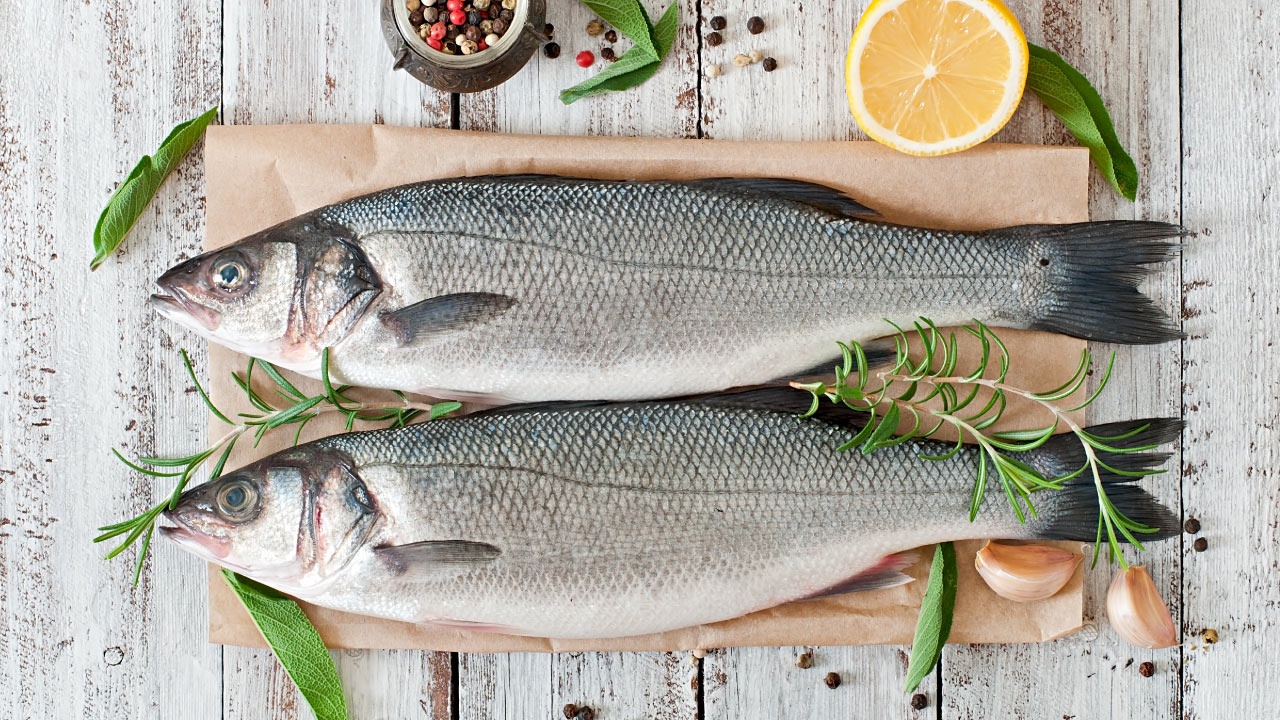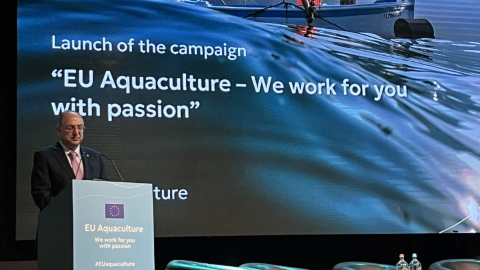
The European market for seabass and seabream is set to remain stable in 2025, with sustained demand and moderate growth in exports. Turkey, the leading producer, continues to strengthen its presence in European markets, while Greece, the second-largest producer, is emerging as the fastest-growing country in the trade of these species.
During the first nine months of 2024, Turkey increased its seabass exports by 24% in volume and 12% in value, while seabream exports grew by 5% in volume and 26% in value. Fluctuations in the Turkish lira against the euro and the dollar have made Turkish seafood more competitive abroad, albeit at the expense of lower earnings in hard currencies. Greece, meanwhile, experienced a mixed performance: seabass exports fell by 13%, whereas seabream exports rose by 18% in volume and 17% in value.
Italy and Greece remained Turkey's primary export destinations, with Greece standing out as the fastest-growing market, having recorded a notable increase in trade value. In the Greek market, seabass and seabream continued to hold a stable position in Italy, suggesting no significant disruptions in supply or pricing.
The price of seabream in the Spanish wholesale market surged throughout 2024, peaking at €6.7/kg in November before stabilising at €6.5/kg in December. Larger specimens (400-600g) experienced a price drop in November, falling from €17.8/kg to €14/kg, before recovering to exceed €16/kg by the end of the year.
As for seabass, prices for larger specimens remained stable over the first nine months of 2024 but dropped in November to €11.24/kg, before rebounding to €11.60/kg in December. Medium-sized specimens hit a historic low of €4.95/kg in September, before recovering to €7.3/kg by the year's end.
Looking ahead to 2025, analysts anticipate continued positive growth in the European seabass and seabream market, driven by steady demand and an increasing focus on sustainability and value-added products. However, challenges remain, particularly rising production costs and currency fluctuations.
Growing interest in sustainability certifications and market diversification, particularly through increasing imports to Asia, presents fresh opportunities for the sector. Investment in innovation and efficiency will be crucial to maintaining competitiveness and ensuring a steady supply for international markets.


